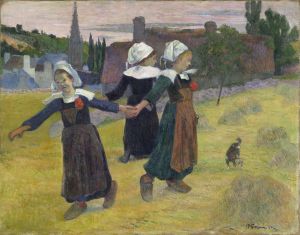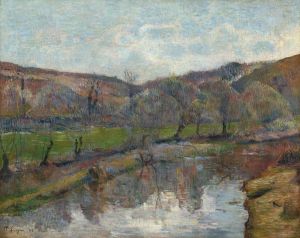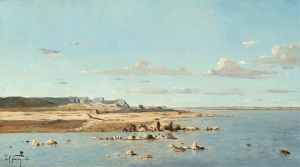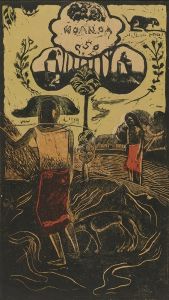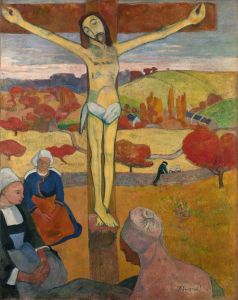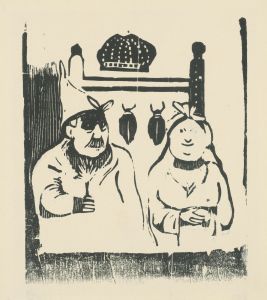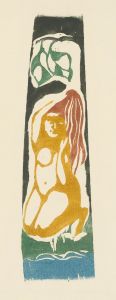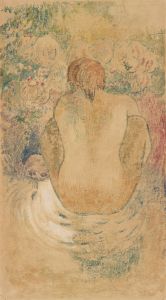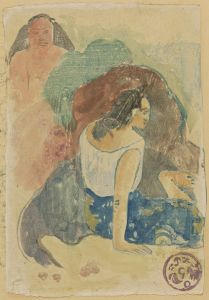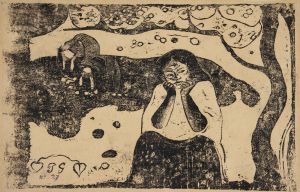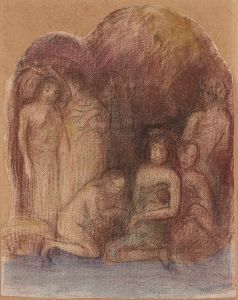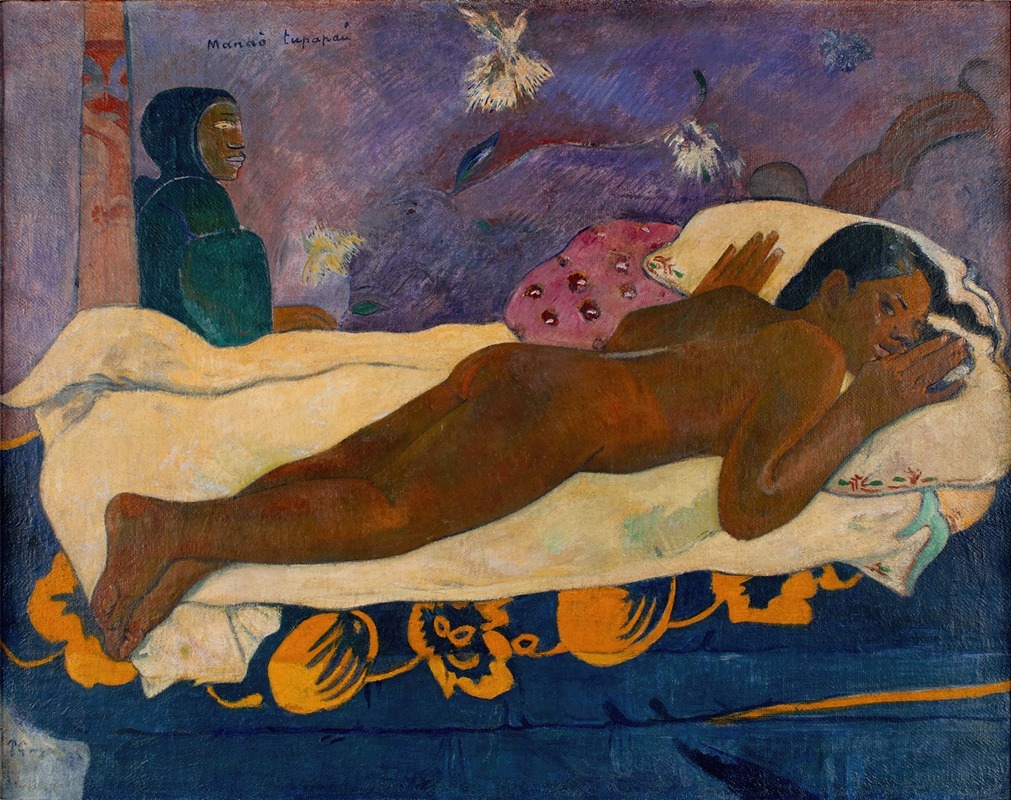
Manaò tupapaú
A hand-painted replica of Paul Gauguin’s masterpiece Manaò tupapaú, meticulously crafted by professional artists to capture the true essence of the original. Each piece is created with museum-quality canvas and rare mineral pigments, carefully painted by experienced artists with delicate brushstrokes and rich, layered colors to perfectly recreate the texture of the original artwork. Unlike machine-printed reproductions, this hand-painted version brings the painting to life, infused with the artist’s emotions and skill in every stroke. Whether for personal collection or home decoration, it instantly elevates the artistic atmosphere of any space.
Manaò tupapaú (translated as Spirit of the Dead Watching) is an oil painting created in 1892 by the French Post-Impressionist artist Paul Gauguin. The work is one of Gauguin's most famous paintings and was completed during his first extended stay in Tahiti, where he sought inspiration from the island's culture, people, and landscapes. The painting is currently housed in the Albright-Knox Art Gallery in Buffalo, New York.
The painting depicts a young Tahitian woman lying on her stomach on a bed, with her head turned toward the viewer. She appears startled or frightened, and her wide eyes suggest a sense of unease. Behind her, in the dimly lit background, stands a shadowy figure, which Gauguin described as a representation of a tupapaú, or a spirit of the dead, a concept rooted in Polynesian beliefs. The figure is shrouded in darkness, adding to the painting's mysterious and haunting atmosphere.
Gauguin himself provided some context for the painting in his writings. He explained that the idea for the work came to him after an incident involving his young Tahitian companion, Tehura. According to Gauguin, one evening when he returned home late, he found Tehura lying in bed, frightened and convinced that she was being watched by a spirit. This encounter inspired the composition and theme of the painting, blending elements of Tahitian spirituality with Gauguin's own artistic vision.
The painting is notable for its use of bold, expressive colors and flattened forms, hallmarks of Gauguin's Post-Impressionist style. The vibrant purples, yellows, and oranges in the bedclothes and background contrast with the dark figure of the spirit, creating a striking visual effect. Gauguin's use of color and composition reflects his interest in symbolic and emotional expression, moving away from the naturalistic representation favored by earlier artists.
Manaò tupapaú is often interpreted as a reflection of Gauguin's fascination with Tahitian culture and his attempt to merge Western artistic traditions with the spiritual and mythological elements of Polynesia. However, the painting has also been the subject of critical analysis, particularly regarding Gauguin's relationship with the people and culture of Tahiti. Some scholars have questioned the accuracy of his depictions of Tahitian beliefs and criticized his portrayal of the island's inhabitants through a colonialist lens.
Despite these debates, Manaò tupapaú remains a significant work in Gauguin's oeuvre and a key example of his exploration of non-Western themes and aesthetics. The painting continues to be studied and admired for its emotional intensity, innovative use of color, and its role in the broader context of 19th-century art.






